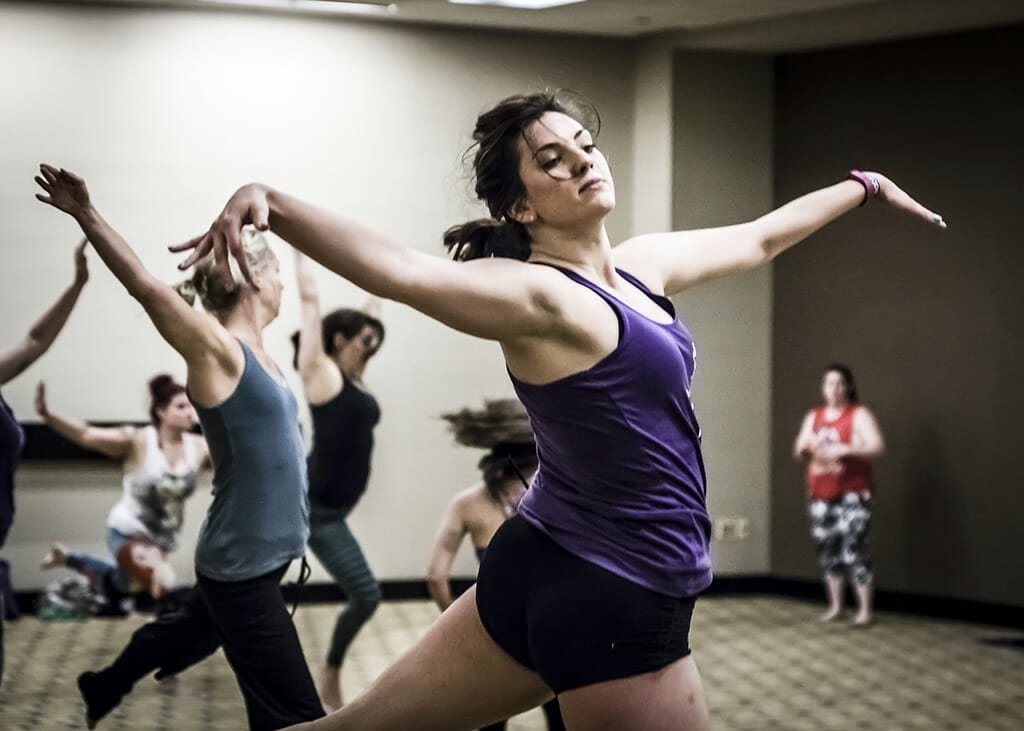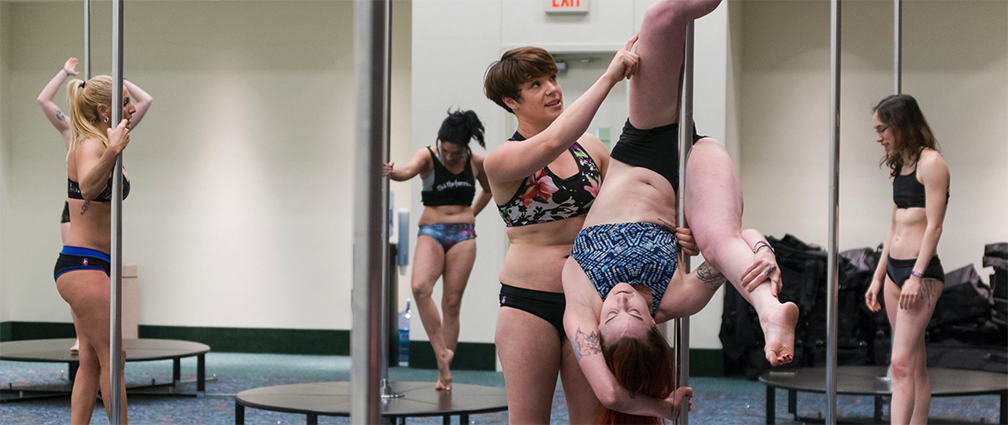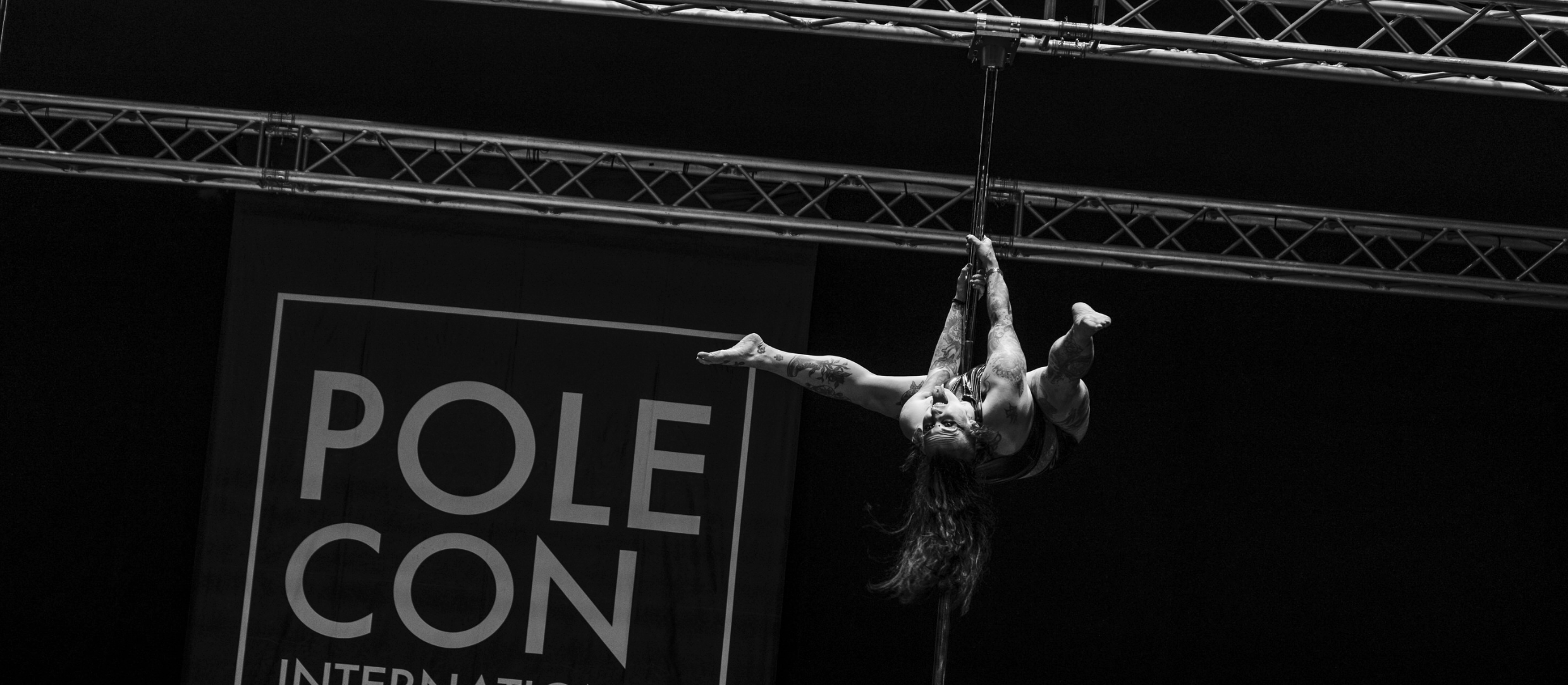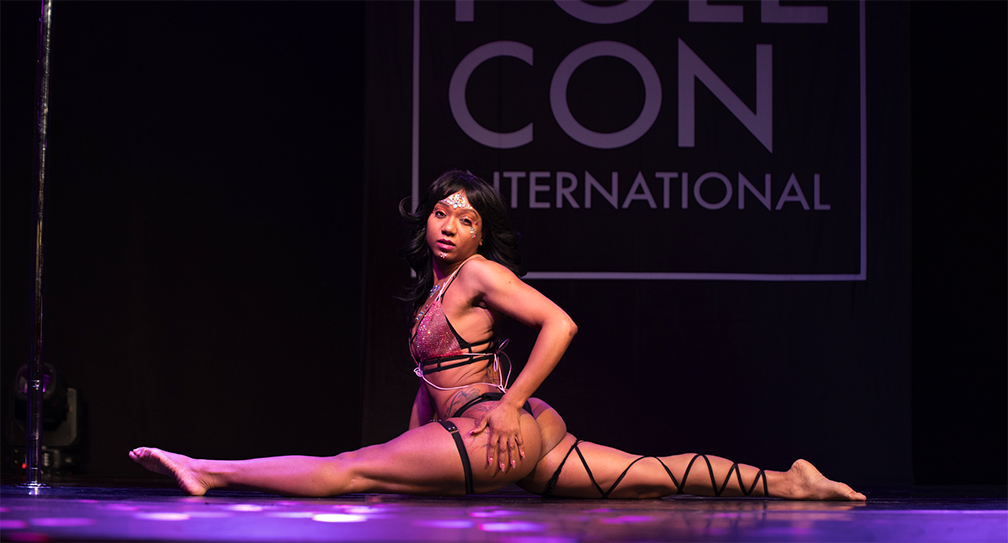I asked this a few weeks ago via social media and many people had some…

The Importance of an Intentional Warm Up Routine: For Competition Training and Otherwise
The vast majority of pole dancers (without a gymnastics/dance/intense sports background) who are just starting out often follow whatever warm-up routine they learn in class. Over time this warm-up is committed to muscle memory and becomes a staple anytime the dancer practices in the studio and at home. However, as more intermediate and advanced skills are learned, dancers must incorporate different warm-up techniques to prepare for training or just dancing it out. I have found that when I decide to train for a particular trick or move for a routine or otherwise; it is beneficial to tailor my warm-up routine to prepare my body for what is to come. A body that is cold either inside or out will not perform at the same level and is prone to certain kinds of injury.
An intentional warm-up routine is beneficial for more than just nailing your next nemesis move. It can also be rehabilitative, whether to assist with an injury or combat the wear and tear of father time.Many studios are lucky to have instructors well versed in subjects such as pilates, dance, physiology, nursing, physical therapy, personal training, and more. While not all studios have these kinds of resources available to them, it is essential to seek out information from credible outside sources to keep your warm-up routine in line with best practices. My own experience with this stems from my weak ankles and tight hamstrings. Our Stretch class instructor led a series with our studio where I learned technical terminology for the way my body operates. This lesson was beneficial to me tailoring my warm-ups with exercises to strengthen my ankles and increase the mobility and flexibility of my hamstrings. Understanding the makeup of my hamstrings was helpful to changing how I stretched them, allowing me to ease into splits and hamstring intensive tricks.
While being properly warmed up is a method for preventing injury and preparing the body for pole, it is also a method of rehab from injury. As previously mentioned, I have weak ankles that are prone to strains and sprains (particularly over the past 2-3 years). When coming back from such an injury, I make it a point to include ankle strengthening exercises, as well as ankle mobility and flexibility exercises. Some of the activities as mentioned earlier stem from internet research, and others from knowledgeable instructors and students within the studio I attend. It is important not to neglect these exercises once one becomes fully rehabilitated lest re-injury occurs.
Another variable to take into account when developing an intentional warm-up is age. Dancers should be cautious of trying new stretches and warm-up exercises, and listen to their bodies especially when it comes to longstanding injury and pain when stretching or exercising. According to the International Dance Teachers Association (IDTA), older dancers and more experienced dancers may require a more lengthy warm up to prepare for class, whereas younger and less experienced dancers may need a shorter one. Determining the stretching that should take place is essential as well. However, choosing a dynamic vs. static stretch or how hot one should get, depends on the individual poler. It also depends on the type of pole you plan on doing, be it slow, fast, strength/flexibility based, low flow or trick heavy. Many variables go into how one chooses to warm up. Honestly, the most important thing is that there is a warm-up, and that said warm-up is intentional and beneficial.
Endnote: Don’t forget to cool down
Here are links to some helpful articles I read in the making of this blog post.
https://www.ncbi.nlm.nih.gov/pmc/articles/PMC3273886/
https://www.idta.co.uk/members-hub/general-interest/warm-up-warm-down/
Latest posts by JJ Pole Nerd (see all)
- Dancer’s Block - June 15, 2018
- Pole Dance Cross Training Activities for People Who Hate the Gym - May 25, 2018
- What’s in your Pole Bag? - March 9, 2018


